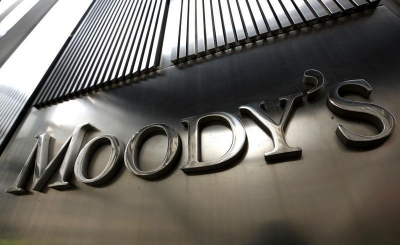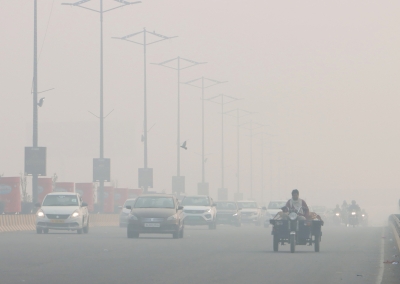
Chennai, March 14 (IANS) The successive failure of two private banks in the US — Signature Bank and Silicon Valley Bank — though would result in tightening of liquidity in the global debt markets, the impact will be limited for most of the rated finance institutions in India and the Asia Pacific (APAC) region, said Moody’s Investors Service on Tuesday.
Moody’s said the impact of the two US banks going down will be limited in India and other financial institutions in the APAC region due to structural factors.
“Also, most APAC institutions are not exposed to the failed US banks, and only a handful of institutions has immaterial exposures. Finally, most institutions are not as susceptible to large losses from debt security holdings as Silicon Valley Bank was. The second order impact of the US bank failures is still developing and bear close watching,” it said.
Moody’s said the rated banks in the APAC region are mostly funded with customer deposits, while their market borrowings are modest at about 16 per cent their total assets on average.
“Their business depositors are well diversified across different sectors, with no rated bank in the region being heavily exposed to technology companies. Also, APAC banks’ deposits are generally not heavily concentrated on single clients. Most banks in the region are subject to liquidity coverage ratio (LCR) requirements that are aimed at ensuring banks hold ample high-quality liquid assets to get through stressed funding conditions, such as deposit runs,” Moody’s said.
According to Moody’s, in most systems in APAC, banks’ investments in held-to-maturity (HTM) instruments are generally not substantial relative to tangible common equity, unlike the case of Silicon Valley Bank, which suffered substantial unrealised losses from its large HTM investments.
These investments are not marked to market but are measured in such ways when a bank decides to sell them because of a liquidity crunch. This means that banks incur losses when they sell HTM securities amid rising interest rates, Moody’s said.
Fair value losses on HTM securities would be modest for most APAC banks even in unlikely scenarios where banks need to sell parts of their HTM portfolios.
“If Indian banks mark their HTM investments to market, however, we estimate they would incur losses that amount to 5-10 per cent of the par values of the bonds, or 12-25 per cent of their CET1 capital,” Moody’s said.
According to Moody’s, Indian banks are unlikely to realize such losses because their funding and liquidity are strong enough to allow them to hold onto their HTM securities.
“Indian banks have faced strenuous solvency challenges in the past decade, but their funding and liquidity have held up strongly and have been a key factor supporting their overall credit strength. Indian banks’ average LCR stood at a healthy 133 per cent at the end of March 2022, which is understated because it does not include the bulk of their cash reserves at the central bank, as well as parts of their holdings of government securities,” Moody’ said.
–IANS
vj/ksk/










